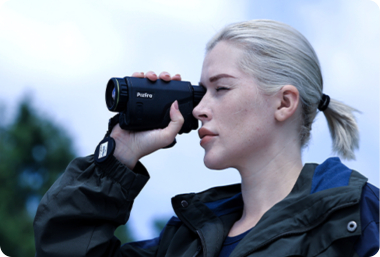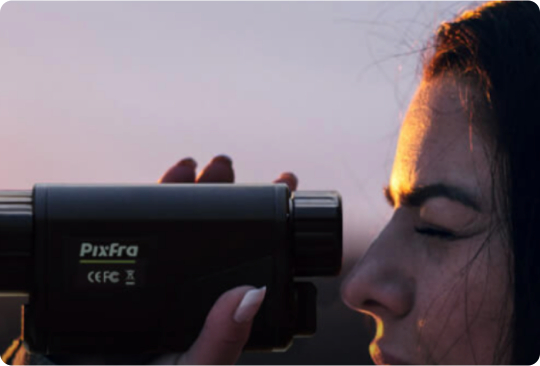
Company News Title 002
Company News Content 002, Company News Content 002, Company News Content 002, Company News Content 002, Company News Content 002, Company News Content 002, Company News Content 002, Company News Content 002, Company News Content 002, Company News Content 002, Company News Content 002, Company News Content 002, Company News Content 002, Company News Content 002, Company News Content 002, Company News Content 002, Company News Content 002, Company News Content 002,




